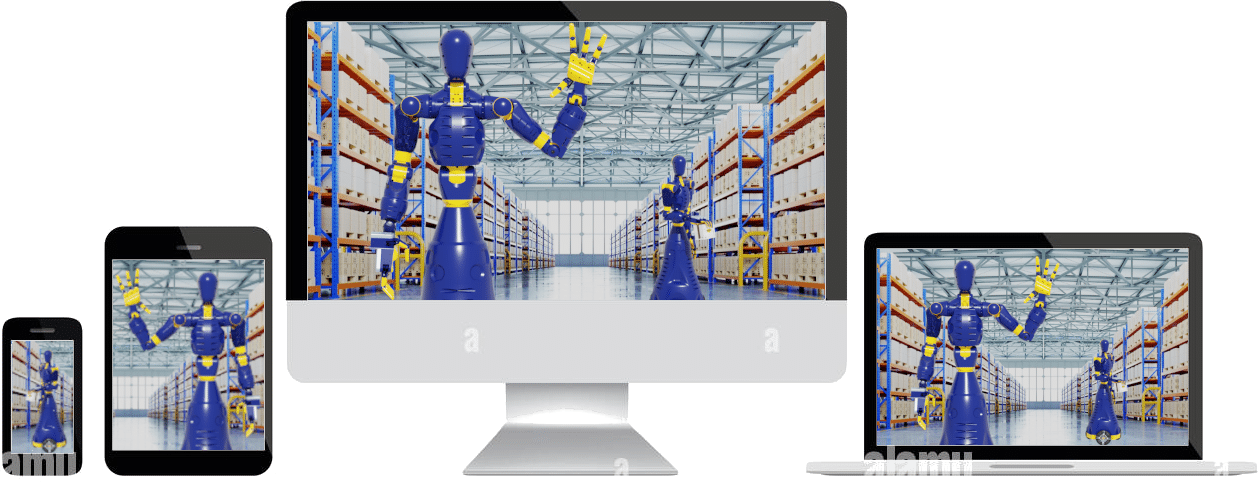In an ever-changing world of robotics, the integration of hardware and software is a critical challenge faced by engineers and designers. You may have built a fascinating robot, but for it to operate effectively and function efficiently, the code has to work harmoniously with the hardware. So yes, the hardware and software components must work together seamlessly to provide value.
To navigate this intricate dance, here are some best practices to make the integration process easier. These include:
Use standardized hardware and software components: Standardized hardware and software components can help lay the foundation for successful integration. By using established protocols and interfaces, one can diminish compatibility issues and simplify the integration process.
Use well-documented hardware and software: Well-documented hardware and software can help guide the team of engineers better. Understanding each component’s function and intricacies can foster an environment where troubleshooting becomes an art, not a struggle.
Use a modular approach to hardware and software design: Build a robot with interchangeable parts or modules. This will empower the engineers to design, update or replace individual components as needed.
Use a robust test and validation process: Before a robot enters the real world, perform rigorous tests and scrutinize each part to validate your assumptions and its performance. This will help to ensure that the hardware and software components work together, and the robot can perform as intended.
Beyond the Basics: Key Contributing Factors to Integration Success
In addition to these best practices, there are a number of other factors that can contribute to successful hardware and software integration in robotics. These include:
Clear communication between the hardware and software teams: It is important for the hardware and software teams to work closely together to ensure that their respective components are compatible.
Early planning and prototyping: It is important to start planning for hardware and software integration early in the design process. This will help to identify potential problems and ensure that the integration process is completed on time and within budget.
Use of simulation tools: Simulation tools can be used to test hardware and software integration before the robot is built. This can help to identify and resolve problems early in the development process.
By diligently following these best practices and embracing factors that contribute to success, it is possible to significantly reduce the challenges associated with hardware and software integration in robotics. This will also help to ensure that robots can be deployed more quickly and efficiently, and that they can operate reliably in a variety of environments.











